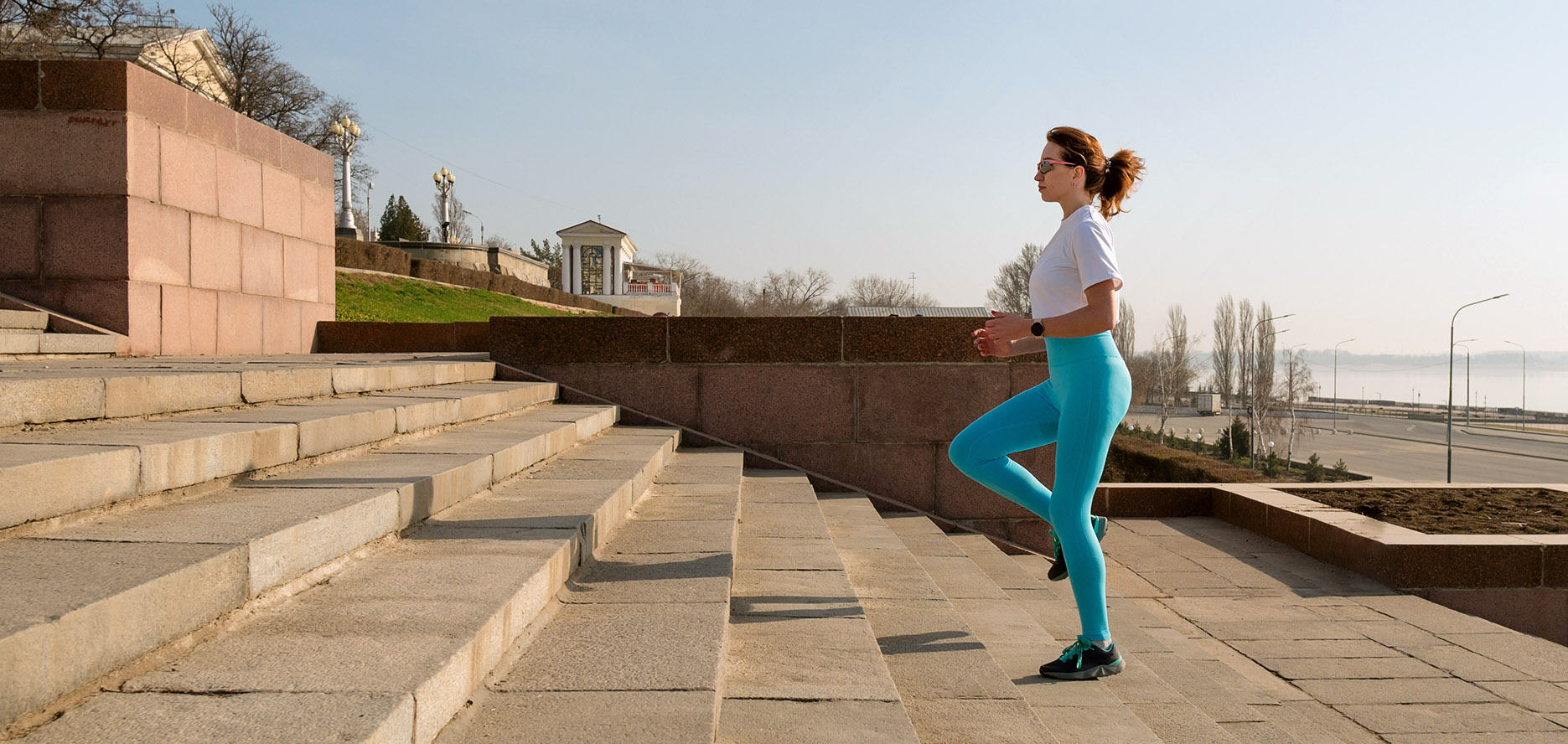In a world where hypertension is one of the leading causes of death, impacting more than a billion people, even the smallest lifestyle adjustments can make a big difference. Recent findings published in Circulation reveal that a mere five extra minutes of exercise per day could significantly reduce blood pressure. This insight comes from the ProPASS Consortium, an international collaboration of researchers led by experts from the University of Sydney and University College London (UCL), which aims to study the connection between sleep, physical activity, and sedentary behavior.
Why Blood Pressure Matters
Hypertension, or high blood pressure, is known as the “silent killer” because it typically lacks symptoms but can lead to life-threatening conditions such as heart attack, stroke, and kidney failure. According to the World Health Organization, it affects over 1.28 billion adults worldwide, with many unaware of their condition. High blood pressure treatment and management are therefore crucial for preventing cardiovascular diseases, which are among the leading causes of premature death.
The Impact of Just a Few Minutes
The study led by Professor Emmanuel Stamatakis from the Charles Perkins Centre found that adding even a small amount of exercise — such as walking uphill, stair climbing, or cycling — could be beneficial. Dr. Jo Blodgett, a co-author of the study, highlighted the practicality of these findings, stating that short, high-intensity bursts, like running to catch a bus or taking a brisk walk, could be seamlessly integrated into daily routines and still yield measurable benefits.
The ProPASS team analyzed data from nearly 15,000 volunteers across five countries who wore accelerometers on their thighs to monitor movement and blood pressure. Their results suggested that replacing just 20-27 minutes of sedentary activity with more vigorous exercise could reduce blood pressure and even reduce cardiovascular disease risk by as much as 28 percent across populations.
The Science of Replacing Sedentary Habits with Active Ones
The study measured daily activity across six categories: sleep, sedentary behavior, slow walking, fast walking, standing, and vigorous exercise. By replacing sedentary behavior with more intense activities, participants experienced a drop in blood pressure.
According to Professor Stamatakis, while medication is often necessary for high blood pressure treatment, these findings suggest that short, high-intensity bouts of movement are an accessible way for most people to reduce their blood pressure levels. Even if someone isn’t able to engage in longer workout sessions, incorporating just a few minutes of uphill walking, stair climbing, or similar activities could make a substantial difference.
The Unique Power of Intensity in Movement
What stands out in this study is the emphasis on exercise intensity. Dr. Blodgett and her team found that replacing sedentary behavior with more intense physical activity, as opposed to simply walking, had the greatest impact on hypertension treatment. Though walking does offer benefits, activities that place higher demands on the cardiovascular system — like stair climbing or quick cycling — produce the best results.
Professor Mark Hamer, another senior author of the study, highlighted the value of the ProPASS research platform in identifying nuanced patterns of movement, sleep, and sedentary behavior that carry real public health significance.
How to Integrate More Activity into Your Day
If you’re looking to make a meaningful impact on your blood pressure, start by incorporating short bursts of vigorous activity into your daily routine. Here are a few practical ways to add exercise into your schedule which would help in hypertension treatment:
- Opt for the stairs instead of the elevator, even if it’s just for a floor or two.
- When possible, add intensity to your walks, especially if you’re going uphill.
- Using a bike for quick trips can help increase your heart rate and provide the necessary cardiovascular boost.
- If you take the bus or train, use the opportunity to add a brisk walk to your journey.
- If you’re working from home, do some short, high-intensity exercises like jumping jacks or stair climbs during breaks.
Final Takeaway
These findings are a reminder that we don’t need to overhaul our lives to improve our health. Adding just five minutes of vigorous activity to our day could help manage blood pressure, and by extension, reduce the risk of cardiovascular diseases. It’s an empowering message — that with small, consistent changes, everyone has the power to improve their health. Connect with the medical experts at Advanced Cardiovascular Center for more details.



